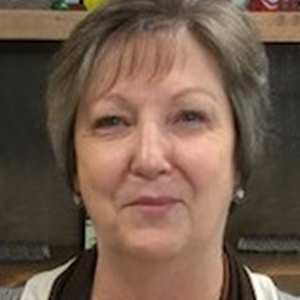MAUMEE, Ohio– In January of this year, more than 50 Ohio families who are experiencing homelessness applied to have their children become students in various grades at the Ohio Virtual Academy (OHVA), three times more than any single month in over a decade of educating unhoused students.
“We’ve never seen anything like this,” said Heidi Ragar, OHVA’s At-Risk Administrator. “People are really hurting out there, and all these families want is to get an education for their kids.”
Many schools in Ohio have a long history of helping families in-need, but Ohio’s largest online education provider has seen unprecedented demand since the pandemic took hold. OHVA is currently assisting more than 400 students across all 88 Ohio counties, or just under 4% of Ohio’s entire homeless population (per Jan 2020 data).
The reason for the uptick? COVID, but not in the way you may think.
During the height of the pandemic, emergency eviction-prevention laws protected families, provided extra unemployment funding, and even provided much-needed social services such as meals and health care. Now that Ohio, like many states, is moving into a post-COVID transition, more families are finding themselves on the street without vital resources, including consistent education for their children.
It is at this moment that Heidi and her OHVA team kick into high gear, expediting the enrollment process, and immediately connecting families to services in their county or neighborhood that can help them survive for another day.
OHVA provides laptops, printers, and wi-fi hotspots when necessary and distributes essential school supplies like backpacks, crayons, and pens to students statewide from its offices in Maumee.
School officials also work with non-profit entities across the state, like the Department of Human Services in each county, and have also established partnerships with outside resources such as Cornerstone and Syntero who work with students to provide mental health services. In addition, OHVA works directly with local brick-and-mortar school districts so students can get free lunches and gain access to more resources at the local level.
OHVA is actively trying to change the laws in Ohio to get some of these students on the National Nutrition Registry so families can get direct access to funds for food and other necessities.
“Being in school and having a constant source of food will ease the minds of so many of our struggling families in Ohio,” said Kristin Stewart, OHVA’s Head of School. “We really need to make this happen sooner than later.”
For now, OHVA continues to do what it can to help. Heidi has a staff of 6 dedicated to helping these, and other, students statewide, an impressive number considering many school districts are cutting similar positions. But everyone at OHVA knows they need to help.
“There are over 750 staff at OHVA across the state to help wrap our services around these students like a hug,” said Ragar. “They know what to do, and they know we are all here to help.”


